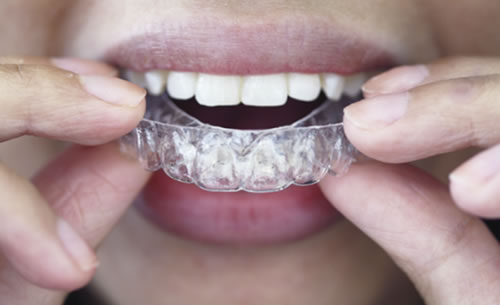How Frequently Does A Dental Google Ads Campaign Need Maintenance?
Understanding the level of input required for effective PPC ads.
Here at Dental Media our PPC team looks after hundreds of Google Ads campaigns for dentists across the UK. Quite a lot of the approaches we get for this service arise when dentists try to run DIY campaigns but find them overwhelming and loss-making. They know that PPC (Google Ads) can deliver good returns but eventually realise that it isn’t really sensible to do it ‘DIY’ and it’s at this point that they seek help.
So why is it difficult to run DIY Google Ads successfully?
To try to understand this better, I thought it would be useful to show the main elements of dental PPC campaigns our team maintains and how frequently they do this.
How often do we maintain dental Google Ads campaigns?
There is no precise answer for this as it depends on the scope and maturity of the campaign. However, to give an idea, for new PPC campaigns for dentists we will make updates daily for the first couple of weeks and then typically twice a week once the campaign settles in. This can range from 30 minutes per intervention to an hour or more depending on the work required.
It should also be noted that campaigns may undergo quite significant changes even when mature and then the intervention will increase until those changes have settled and been validated.







